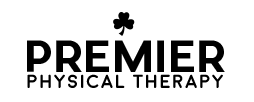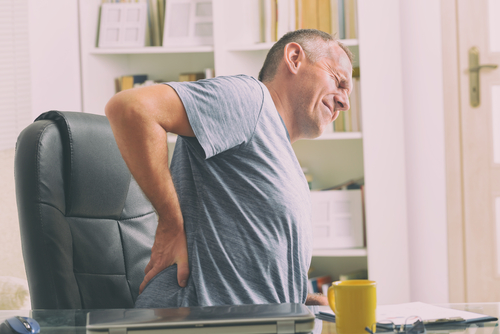3 QUICK TIPS TO REDUCE LOWER BACK PAIN
We see people every day who suffer from lower back pain. Approximately 80% of the population experiences this type of pain at some point in their lives, so we want to share some helpful tips that may benefit you! Often, there isn’t as much you can do on your own; however, we would like to offer you three quick tips on how to help reduce your lower back pain.
Let’s start by defining “lower back pain”.
The pain generators that constitute lower back pain include the discs, muscles, joints, and nerves. Pain can be on one side or all the way across the lower back, and when severe, it can radiate down one or both legs.
Now that we’ve defined “lower back pain,” let’s get straight to the three tips to reduce lower back pain.
1. Unloading 90/90 Technique
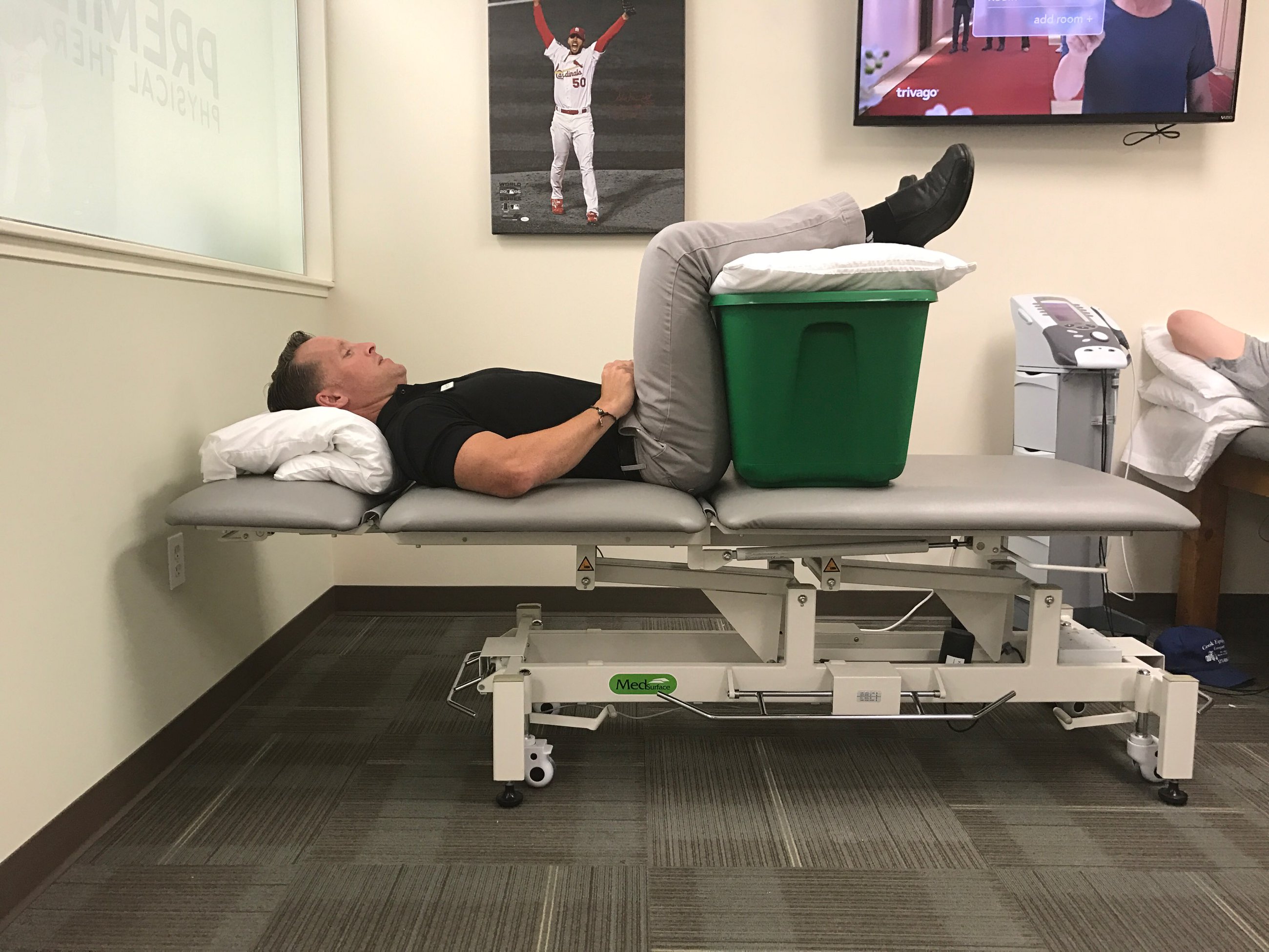
This technique will take pressure off of your lower back region. Find something around the house that you can rest your legs on such as a plastic container. You can add pillows on top in order to make it the correct height and to add comfort. Lie on your back and place your legs on top of the object. Be sure the object is close enough to you and high enough so that both your hips and knees are at 90 degrees.
Lie in this position for 20 minutes, 2 times per day or as needed for pain.
2. Self-Bracing Technique
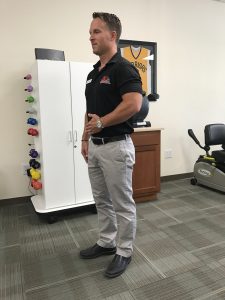
This technique will activate the Transverse Abdominis (TA) muscle. It will serve as the primary stabilizer of the lower back region during all activities and exercises. This self-bracing “skill” should be performed during all activities, including sports, lifting, bending, standing up or rolling in bed. To practice this self-bracing skill, place a hand on the abdominal area. Then, activate the TA muscle by pulling your abdomen up and in – away from your hand about a quarter of an inch. Do NOT hold your breath, you should be able to breathe normally while initiating the TA activation.
NOTE: This contraction can be felt in front of the hip, below the beltline, and toward the center of the abdominals.
3. Straight Spine Techniques
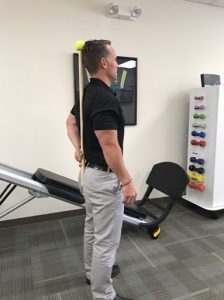
For proper posture when sitting and standing, ensure that excessive forward curve of the lower back and upper spine does not occur. For a healthy lower back, maintain a “straight spine” – a straight line between the hips, shoulders, and back of the head. Avoid tilting your head forward and rounding your shoulders as part of your normal posture.
When bending and lifting, maintain this “straight-spine” posture. Do NOT allow the spine to flex forward. Keep a “heads up” posture – the back will follow the head. If you bend your head and neck forward, the back is likely to follow and result in bad posture. Also, remember to bend your legs and never lift using just your lower back.
Low back pain affects people of all ages and of all activity levels. This type of pain can be debilitating and therefore should be taken seriously.
The following statements are also important to consider when managing lower back pain:
- Avoid any activity that causes or increases your lower back pain.
- Proper nutrition and staying hydrated is important for healing.
- Exercise is good as long as it does not provoke your lower back pain.
- The use of heat may be beneficial to decrease lower back “tightness.”
- Let your healthcare provider know if you experience any onset of weakness or tingling in your legs.
- Let your healthcare provider know if your pain does not improve.
Physical therapy can be very helpful in the treatment of low back pain.
It’s time to feel better now! Tell your doctor, “Send me to Premier.”
Call us NOW at 573-335-7868 to schedule your appointment today.
